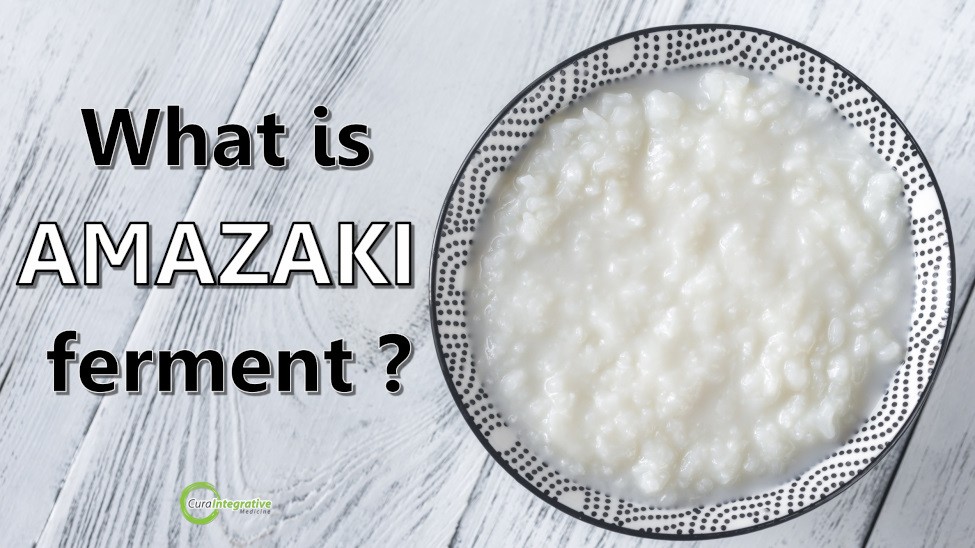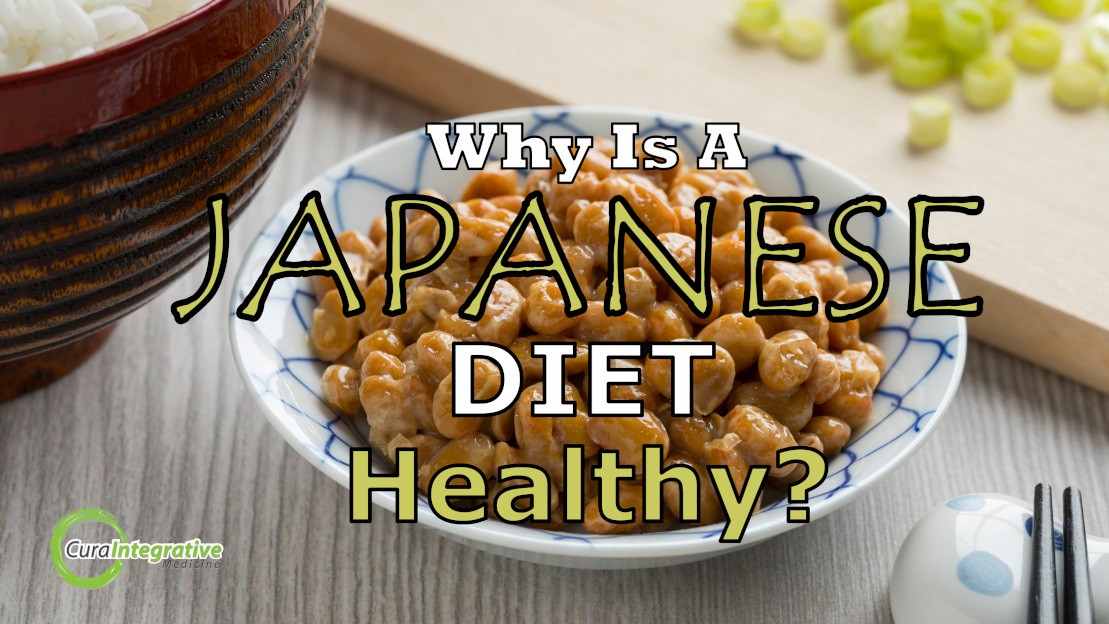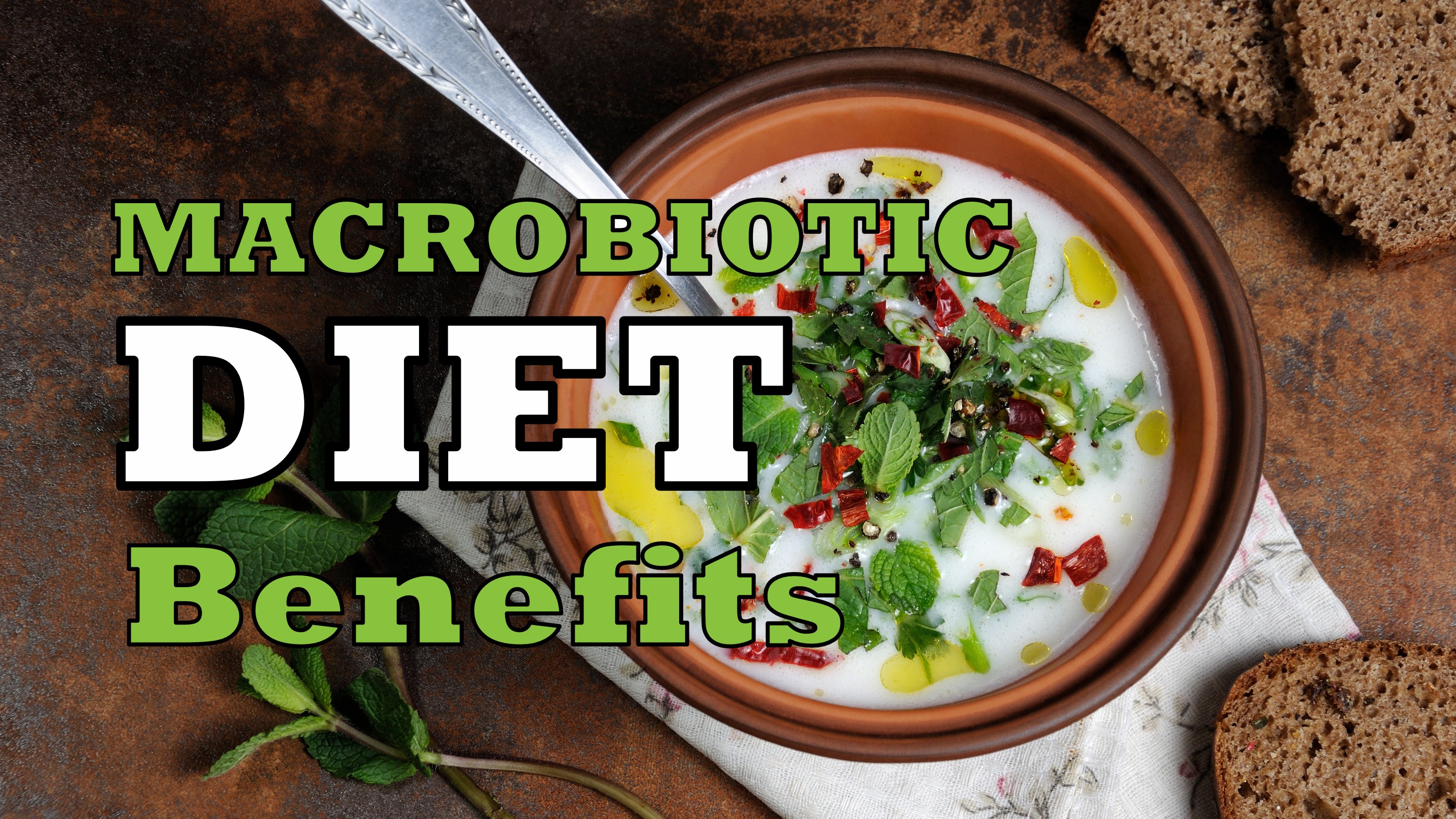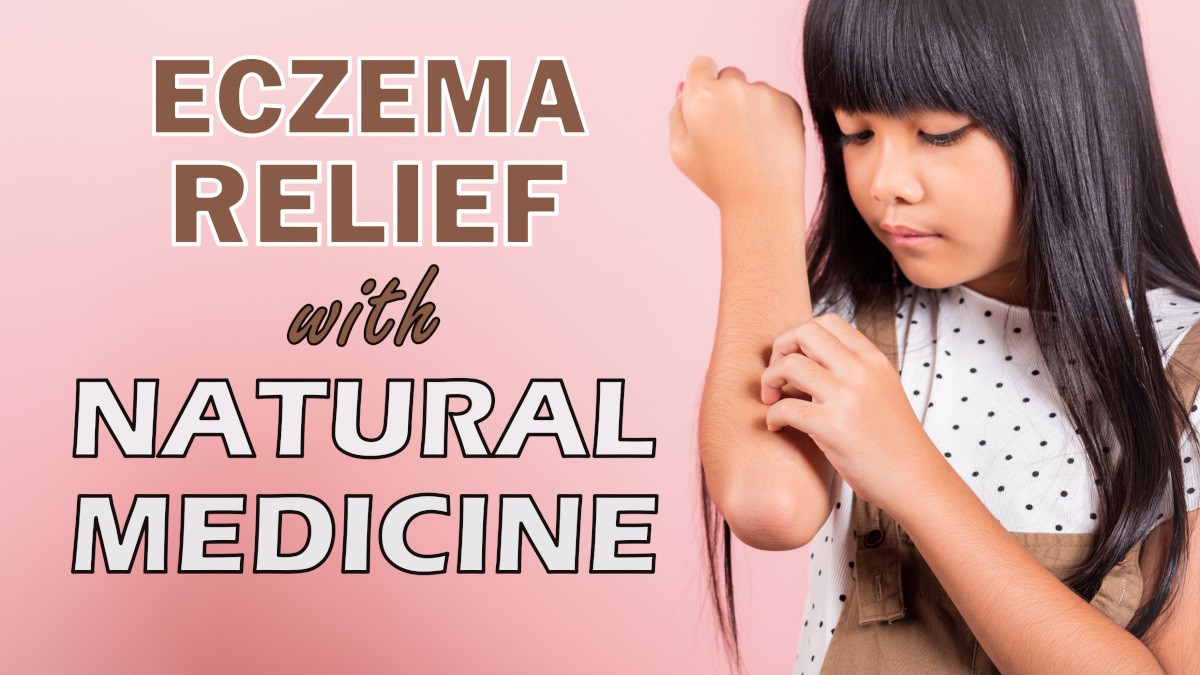Koji is a less known superfood found in a variety of macrobiotic foods. Containing Aspergillus oryzae, koji is used to make foods such as miso, amazaki and tamari. Read More…
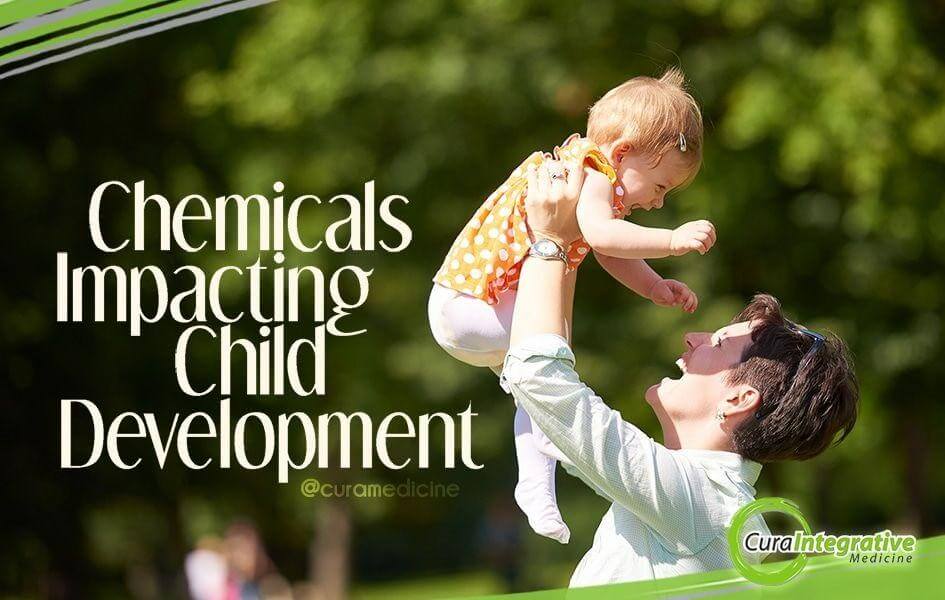
Chemicals Impacting Child Development
Posted 5 May '17
Many chemicals that are widely common, and easily available are endangering brain development in fetuses and children. Evidence is apparent, leading health practitioners, pediatricians, scientists, and health advocates to call out to everybody to be wary of the dangers they impose.
These chemicals include, but are not limited to:
- Lead and mercury, which can be found in food, water, and non-dietary sources;
- Phthalates and PBDEs that are on plastics, on pharmaceuticals and personal care items;
- Organophosphate pesticides that are used in gardens and farms;
- Air pollutants that are produced when wood and fossil fuel are burned;
- Flame retardants, or polybrominated dipheny ethers.
Not only are they found in air and water, but in consumer products that we use at home, in the office, in school, outdoors, and even on our bodies. These chemicals are pervasive. To reduce exposure to these chemicals would mean healthier children now, and in the future. Yes, you read that right, “in the future”. Brain development while inside the womb is a crucial stage. It starts during gestation, until childhood, and into adulthood. When development is compromised, it could have effects that are irreversible.
Phthalates and PBDEs are some of the chemicals that are known to interfere with hormone activity, especially in pregnant women. Phthalates can be found in toys, vinyl, footwear, printing inks, paint, product packaging, some children’s products, and more. Certain studies have linked exposure to phthalates with lower IQ, attention deficits, and misconducts in children.
These chemicals disrupt mostly thyroid hormone functions, and steroid hormone activity. Thyroid hormones play a huge part in the brain development, and regulates most of the genes that are involved in the development of the nervous system.
Further reading:
- Learn about the negative impacts of plastics
- Blog Post – Options for heavy metal testing
- Ready to start a family?

